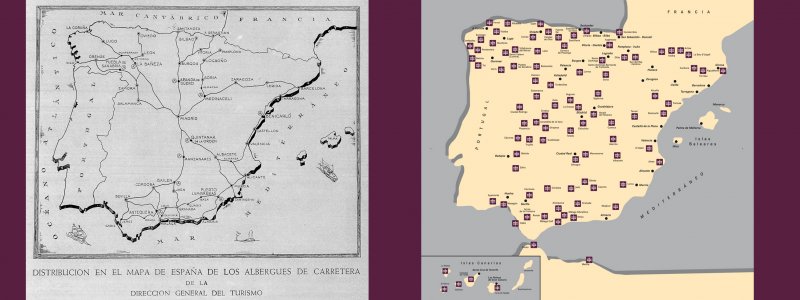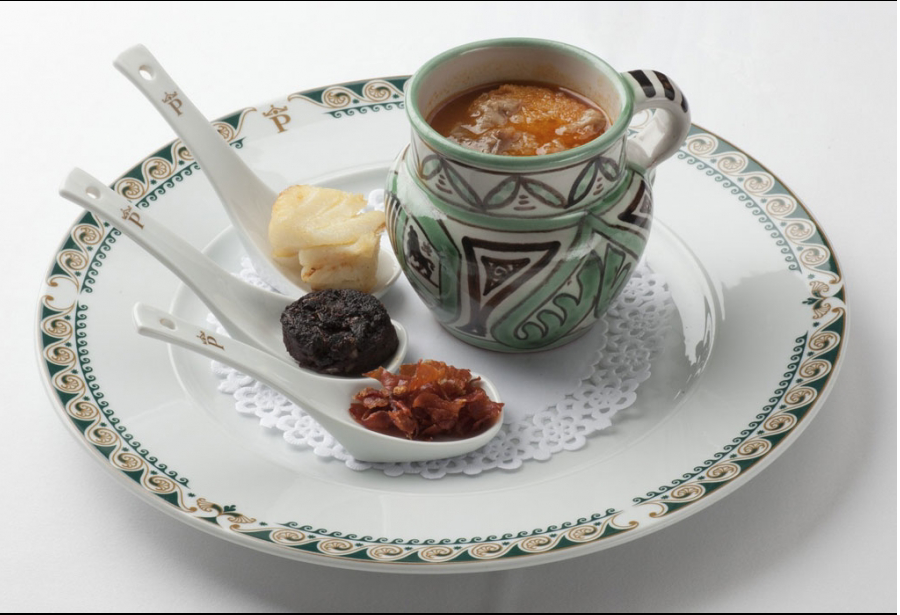
Create your own journey; Experience the best of Northern Spain at your own pace
This website uses its own and third-party cookies, for the proper functioning of the site and to generate usage statistics.
By continuing to browse we understand that you consent to our �ookie policy

2023-11-02
Spain, being one of the countries in the world that receives the most tourists, has a large selection of hotels for all tastes and budgets. One of the most important hotel chains, however, is the Network of National Paradors.
The origin of the Paradors goes back to 1910, when the Government of Spain decided to create a hotel structured network, nonexistent at that time in our country, in whose establishments hikers and travelers were provided lodging, while at the same time improving the international image of Spain. In other words, the desire was to build a series of hotels in places where private initiative did not reach and that had all the attractive conditions for tourism, such as building in places of great beauty, or towns with varied cultural, artistic and historical richness.

Some years had to pass before the birth of the first establishments that would eventually form what is now called the Parador Network. That was in 1926, when, King Alfonso XIII made the effort to personally pick out the best location of that first establishment. The place he chose was Sierra de Gredos, between Madrid and Ávila, in the middle of a place of singular beauty. It was in 1928 when that first parador in history opened: The Tourists' Parador de Gredos.

Since the Parador de Gredos, the country also wanted to take advantage of and rehabilitate some of the many historical and artistic monuments, so that in 1928, the National Tourist Board (whose function was aimed at both stimulating domestic tourism as well as attracting foreign tourists,) began to develop the Network of Paradores de Turismo that insured the maintainance of Castles and Palaces that, otherwise, would have ended in ruins. At the same time, Motorist Highway Hostels, which were more modest than the paradores and whose purpose was to provide stops along the way, also began to be built. Later, these would be integrated into the national network of Paradors and explains why some Paradores are in unexpected places.
After the construction of that first Parador, a frantic race of inaugurations began which, within a short amount of time, quickly became a prestigious network of tourist establishments in Spain. It's a public enterprise that nearly a century later is recognised, nationally and internationally, for its exemplary importance and prestige.
The Paradors have always tried to maintain the highest level, offering the best quality and excellent service at a reasonable price. In fact, attention to the details and offering the best quality have become hallmarks of the enterprise.

Paradors and excellent food have always gone hand in hand. Paradors are notable buildings of great historical and artistic value, where everything possible is done to preserve the regional cuisine of the place where they are located. Moreover, Paradors have been characterized throughout their history as having the best culinary professionals, who know how to combine tradition and the avant-garde in their dishes.

In short, the Paradors de España aim to preserve the artistic heritage of our country by providing accommodation in places somewhat lost in time. Nowadays, you can find Paradors in what were once castles, palaces, fortresses, convents, monasteries and other important historical buildings located which bring history and essence of Spain to life.
All the establishments are joined in a network and yet each one has its own spirit or essence. Visitors have been and continue to be the greatest value to the establishment and everyone who visits becomes part of the Parador history.
Spain is More has been working with the Paradors for many years and in collaboration with them, we offer some very interesting routes. Today there are 95 Paradors in Spain and since some are better than others, Spain is More has its favourites, of course, and would like to recommend a route with the most beautiful ones. If you are interested, you'll find more information about our trips here
Back